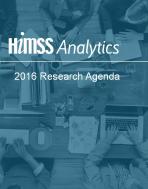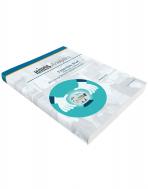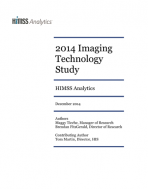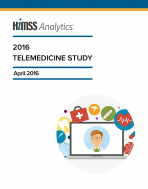Essentials Briefs
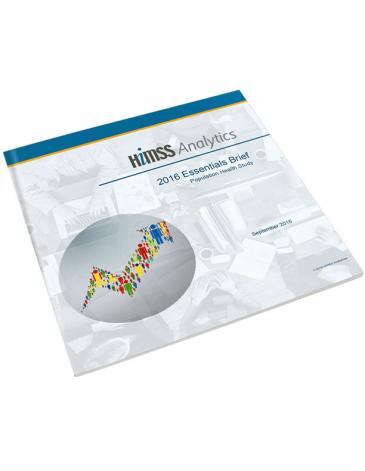
The 2016 Population Health Essentials Brief offers insight from 104 hospital executives (C-Suite) and Vice Presidents and Directors of IT, clinical systems and clinical analytics on their current approach toward population health, their areas of focus, their IT approach and the challenges they are encountering along the way. Additional insight is provided through data from HIMSS Analytics LOGIC™, the most comprehensive and intuitive global market intelligence tool in healthcare IT. LOGIC provides adoption rates on specific technologies which could complement the move toward precision medicine, including molecular diagnostics solutions, laboratory outreach services and specimen collection management solutions.
Highlights of the 2016 study include:
- Current and future adoption of population health programs and initiatives
- Population health solution and vendor use snapshot
- Current challenges study respondents face in their approach to population health
- Advances study respondents would like to see from IT vendors that could impact their population health strategy
Get the Study
MORE RESEARCH REPORTS
View our Essentials Briefs Research Agenda with salient topics across healthcare
HIMSS Analytics has released its most recent Essentials Brief, the 2016 Year in Review and 2017 IT Application Forecasts, which provides a high level review of 2016 Essential Brief findings and our
The need for additional functionality was cited as the primary driver by 68% of respondents who plan to purchase a new system, upgrade or replace their current system. Just under 25% of respondents currently make images accessible via mobile devices. Approximately 50% of respondents currently utilize Enterprise Image Viewing functionality.
Building upon the critical insight provided in 2015, HIMSS Analytics releases the 2016 Telemedicine Study, an Essentials Brief that highlights three years’ worth of market data focused on the adoption of telemedicine technology across the U.S. hospital market.
Actionable insights:
- Access current telemedicine solution adoption rates and plans to purchase
- Understand vendor market share and mind share
- Get snapshot statistics for telemedicine solutions across the entire US hospital landscape

